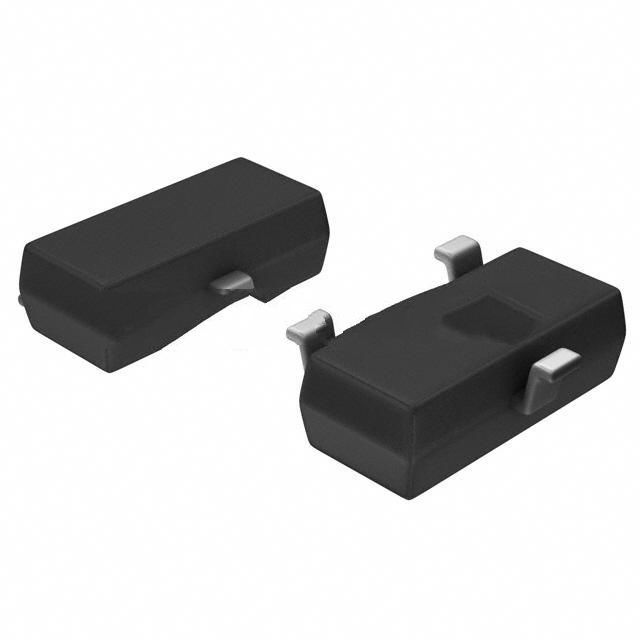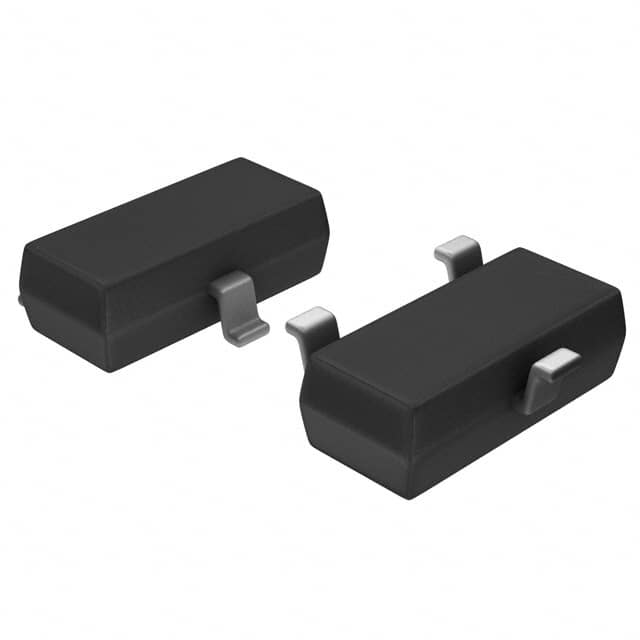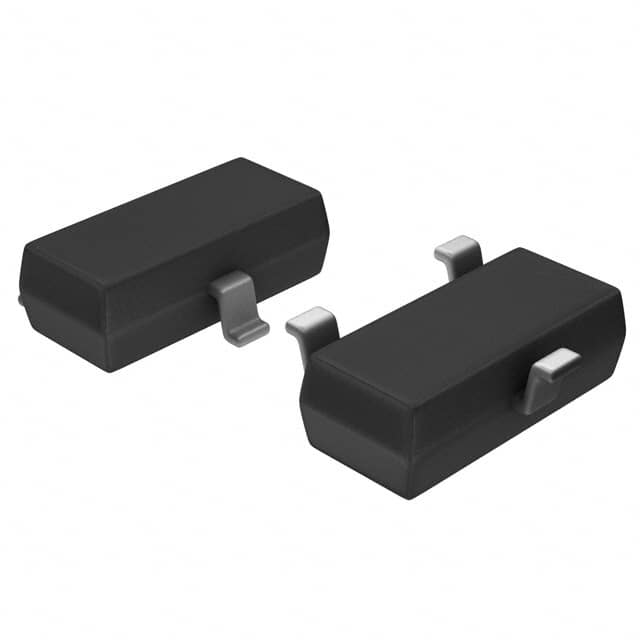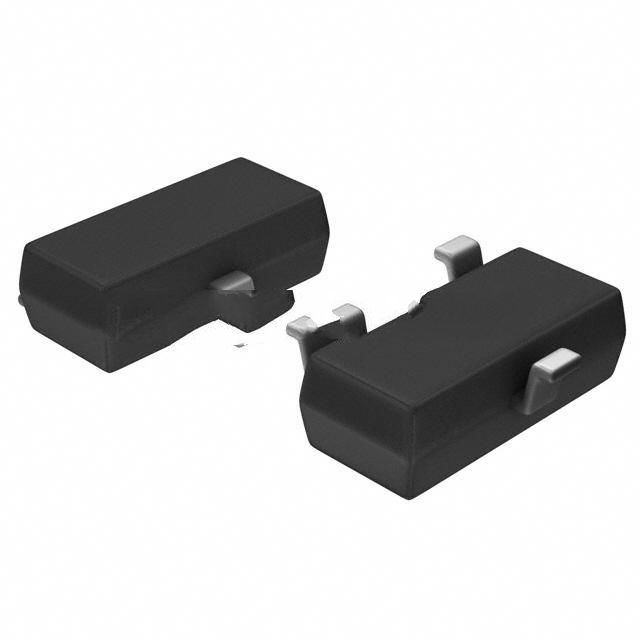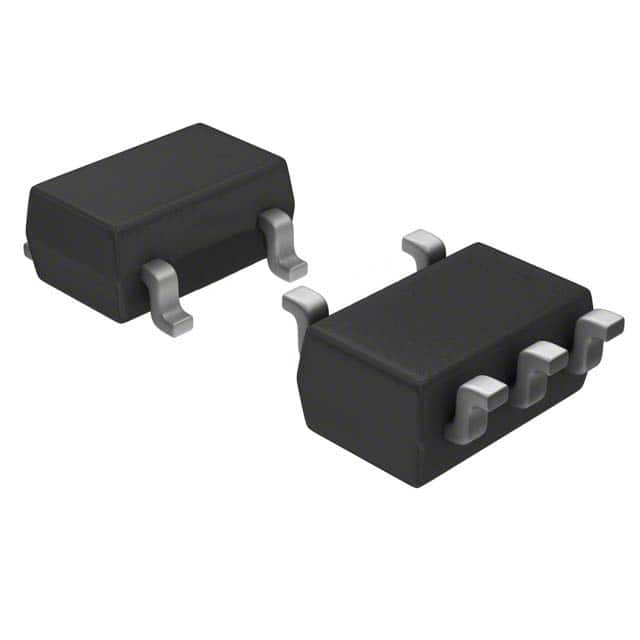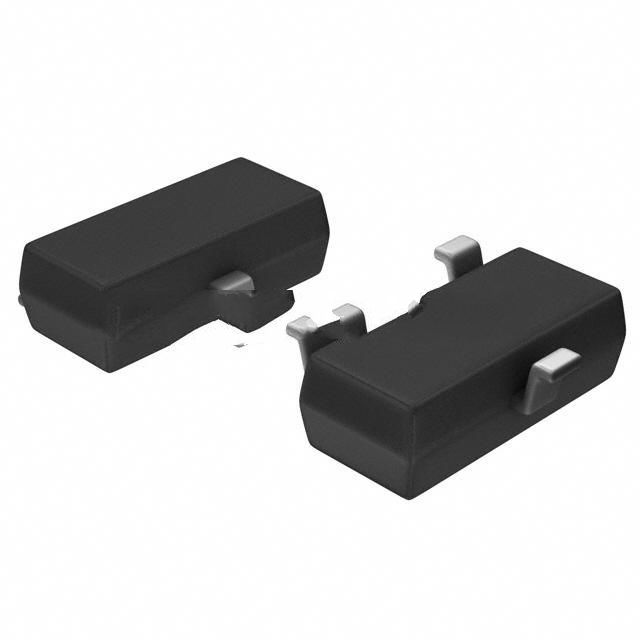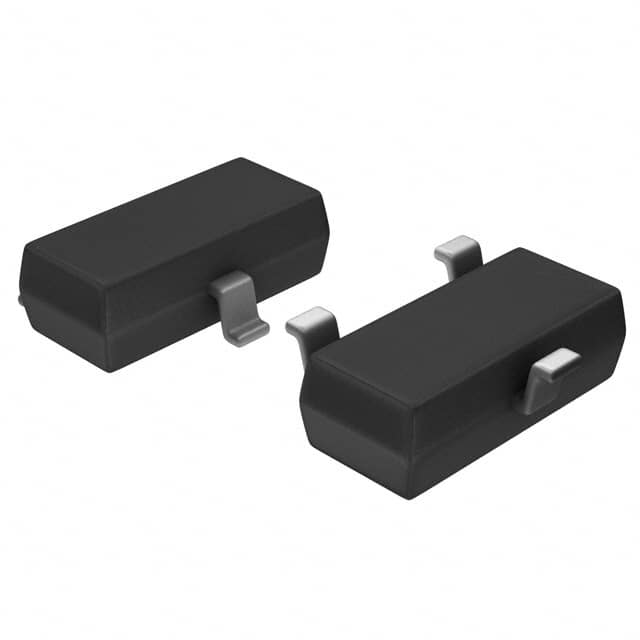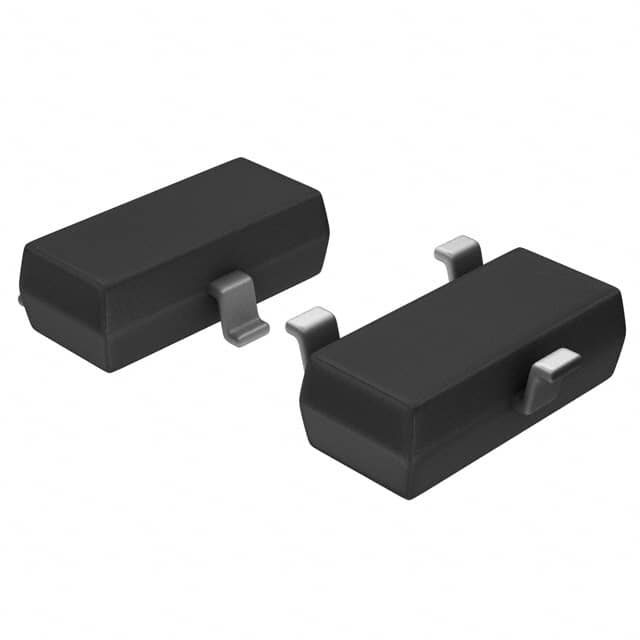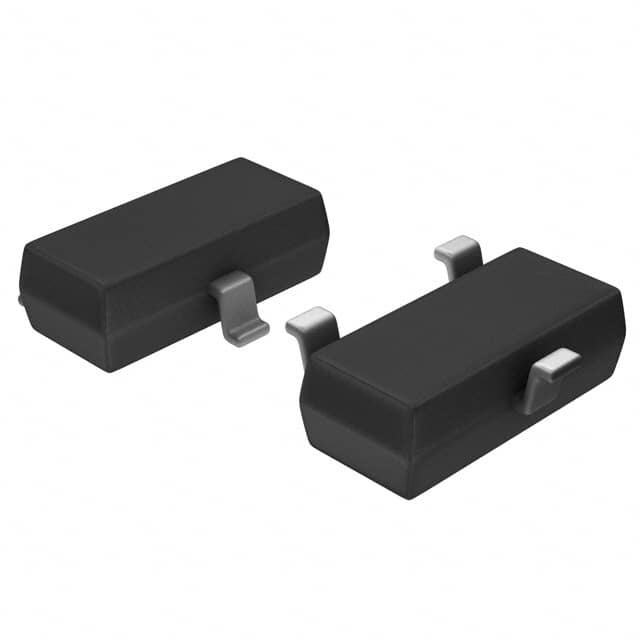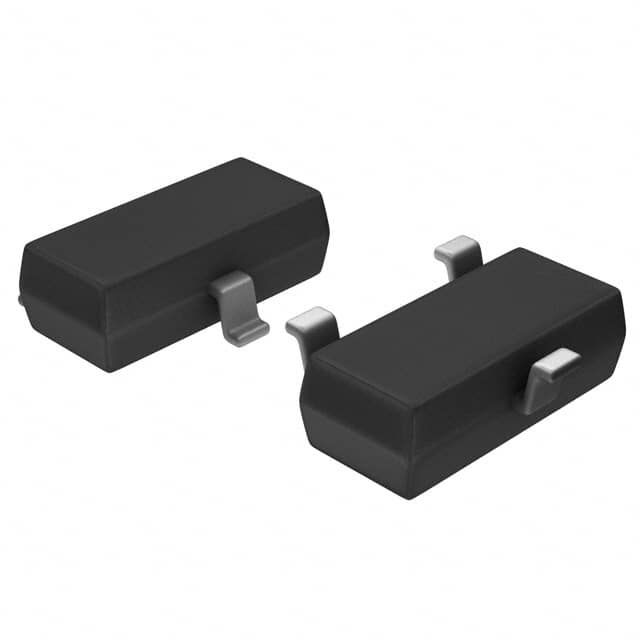Can wireless electric vehicle charging transform the global automotive industry?
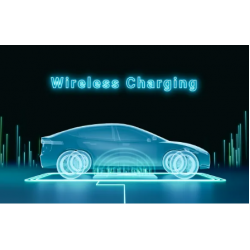
Can wireless electric vehicle charging transform the global automotive industry?
Wireless charging is a critical infrastructure that will lead to increased supply of electric vehicles in the future, optimizing convenience for EV drivers.
However, this method of charging electric vehicles is nothing new. The roots of this revolutionary technology can be traced back to the pioneering work of Nikola Tesla in the early 20th century, with his famous experiments in wireless energy transmission. However, it is only in recent decades that the technology has made significant progress due to developments in energy transmission and the increasing popularity of electric vehicles, which is changing the global electric vehicle landscape. Wireless charging technology is set to grow, with the wireless EV charging market in Europe and North America expected to reach $2 billion by 2028 and become mass market.

Wireless Charging
Can wireless electric vehicle charging transform the global automotive industry?
Wireless electric vehicle charging could be a game-changer for EVs in the automotive industry. Automakers, automotive suppliers and clean technology companies are exploring wireless electric vehicle charging systems that are safe, effective, fast and affordable. Emerging markets for this technology are characterized by huge investments. While wireless electric vehicle charging may take some time to finally take off, it's a technology with clear advantages that can be a perfect alternative to traditional charging methods and simplify the process.
Wireless charging has many advantages.
First, it eliminates the need to handle cables, reducing the risk of wear and damage. It also allows for the construction of underground or hidden charging infrastructure, making charging more convenient. This is especially important in urban environments where space is limited.
Another advantage is vehicle network connectivity. Demand-driven electric vehicle sales are growing dramatically around the world, and protecting energy ecosystem infrastructure is critical to supporting the power system. Wireless charging can make an important contribution to reducing network load by distributing energy needs throughout the day. Contactless charging promises to improve reliability, safety and usability while making the user experience more comfortable for EV drivers, also looking ahead to autonomous driving.
In fact, wireless electric vehicle charging is a critical point if we want to achieve large-scale implementation of autonomous driving. The technology looks promising as it aims to make charging more convenient by eliminating the cables that power electric vehicles. Additionally, there is no need to get off the bus, which can attract the interest of more users. This innovative charging model also helps reduce visual congestion at charging stations.
However, wireless charging has so far faced one of the main obstacles to energy efficiency, as some of the energy may be dispersed into the environment. Additionally, a global standard is needed to ensure interoperability and global standardization of wireless charging systems between different vehicles and charging stations. In this sense, efforts are being made to develop standards to ensure interoperability between different vehicles and charging stations. Harmonization of standards is critical to enabling drivers to use wireless charging stations regardless of vehicle make or model. Finally, charging stations must be designed to prevent risks such as overheating, short circuits and electromagnetic interference.
Despite some unresolved issues and barriers to adoption, the industry is making significant progress in overcoming these major challenges.
How does wireless charging work?
Wireless charging is based on electromagnetic. The basic principle of wireless charging is electromagnetic induction, especially resonant inductive coupling. That is, when the two sets of coils have the same frequency, a coupling phenomenon will occur, which can achieve high-efficiency power transmission. This is also the case with current mobile phone wireless charging. principle. . When an electric car equipped with a receiving coil is placed above the station, electromagnetic coupling occurs between the two coils, allowing energy transfer. This process eliminates the need for physical cables and connectors, making charging more convenient and efficient. It is based on the principle of inductive charging, where electricity is transferred through a coil in the charger to another coil in the car.
Wireless charging transmits electricity through the air in the form of a magnetic field. This means that as long as the charger and car are nearby, energy can be sent from one device to another without physical contact. Once the transmitter and receiver coils are aligned, the charging process can begin.
The wireless charging system has a very high efficiency, between 90% and 95%, which also benefits from optimized power electronics and coil design, which minimizes the energy loss of the charging system. Improving efficiency is key to reducing energy losses. Continued technological development will lead to further improvements in efficiency, reaching higher figures and approaching the efficiency of conductive charging.
The wireless system does not require cables, but rather a charging pad on which the electric car is parked to power the battery. However, to date, there are multiple technologies based on wireless charging, each with its own unique characteristics:
Inductive: This is the most common wireless charging technology. It works by using transmitting and receiving coils to generate magnetic fields to transmit energy. The technology is suitable for charging over short distances, such as in public parking lots.
Resonance: Resonance charging technology allows for a larger gap between the transmitter and receiver coils, allowing for more flexibility in vehicle placement above the charging station. This helps ensure proper coil alignment and optimal transfer efficiency.
Magnetic: Magnetic charging technology uses permanent magnets or oscillating magnetic fields to transfer energy. This technology is best suited for short-distance charging applications.
Laser: Although less common, laser-based wireless charging uses a laser beam to transfer energy to the vehicle. This technology is under development and is best suited for special applications.

Electric cars on the road must be equipped with transmitters to receive energy
Current status of wireless electric vehicle charging market
After more than ten years of development, in 2020, the wireless charging standard was finalized. With the acceptance of the SAE J2954 standard for consumer electric vehicles, there is potential for widespread adoption of the technology. The standard focuses on relatively low-power charging systems, ranging from 3.3kW to 11kW, with a maximum use of 22kW. This is for static charging of a car at home or in the office, or a light truck charging overnight in a warehouse.
However, installing a wireless charging system adds additional costs to the vehicle design, since a plug-in charging head is already a prerequisite. Installing road-embedded wireless charging pads also comes with additional costs, including connections to the grid. Industry analysts believe that development will continue to be divided into two parts: one is focusing on low-cost, low-power (less than 22kW) chargers to facilitate consumer use; the other is focusing on more powerful devices to provide "opportunity charging."
Practical applications of wireless charging in electric vehicles
Let’s analyze the practical applications of this revolutionary technology and its impact on electric vehicles.

Electric car charging on the road
Wireless charging public parking lot
One of the most obvious applications for wireless electric vehicle charging is in public parking lots. Charging stations can be integrated into the parking lot floor, allowing drivers to park their cars above them without having to maneuver cables. This makes charging convenient and fast, encouraging more people to switch to electric vehicles. Additionally, public parking lots equipped with wireless electric vehicle charging can help reduce range anxiety because drivers know they can easily charge their vehicles while out and about.
wireless charging street
A bolder idea is to integrate wireless charging into the streets themselves, i.e. dynamic induction charging based on installing charging coils on the streets. This technology allows electric vehicles to be charged while driving. Vehicles will be equipped with special receiving coils and streets will have transmitting coils embedded in the sidewalks. As vehicles drive along these roads, they charge automatically. The app could revolutionize electric vehicles, allowing the vehicle's battery to be fully charged without the need for continuous parking.
Wireless charging professional application
In addition to common applications in public parking lots and streets, wireless charging also has the potential for specialized applications. For example, it could be used to charge heavy-duty electric vehicles such as electric buses, or to charge electric drones in flight.
Wireless charging conclusion
Wireless electric vehicle charging is a promising technology that is changing the way we think about mobility. It has a positive impact on the environment and sustainability, helping to reduce greenhouse gas emissions and dependence on fossil fuels. Additionally, electric vehicles become more sustainable when the energy used for charging comes from renewable sources such as solar or wind power. Reducing air pollutant emissions is particularly important in urban areas, where air quality is often a key issue that needs to be addressed.
Wireless electric vehicle charging continues to evolve and has different aspects. As it continues to evolve, it will likely become more common and easier to use. Car companies are investing in the technology and governments are encouraging its adoption. In the near future, we are likely to see a significant increase in the number of charging stations, as well as greater energy efficiency and better interoperability between vehicles and charging stations.
Wireless charging promises to revolutionize the way we manage energy in electric vehicles, bringing more sustainable and convenient mobility to an electric future. Regardless of the level of development and deployment, it is changing the way the automotive industry powers electric vehicles.

